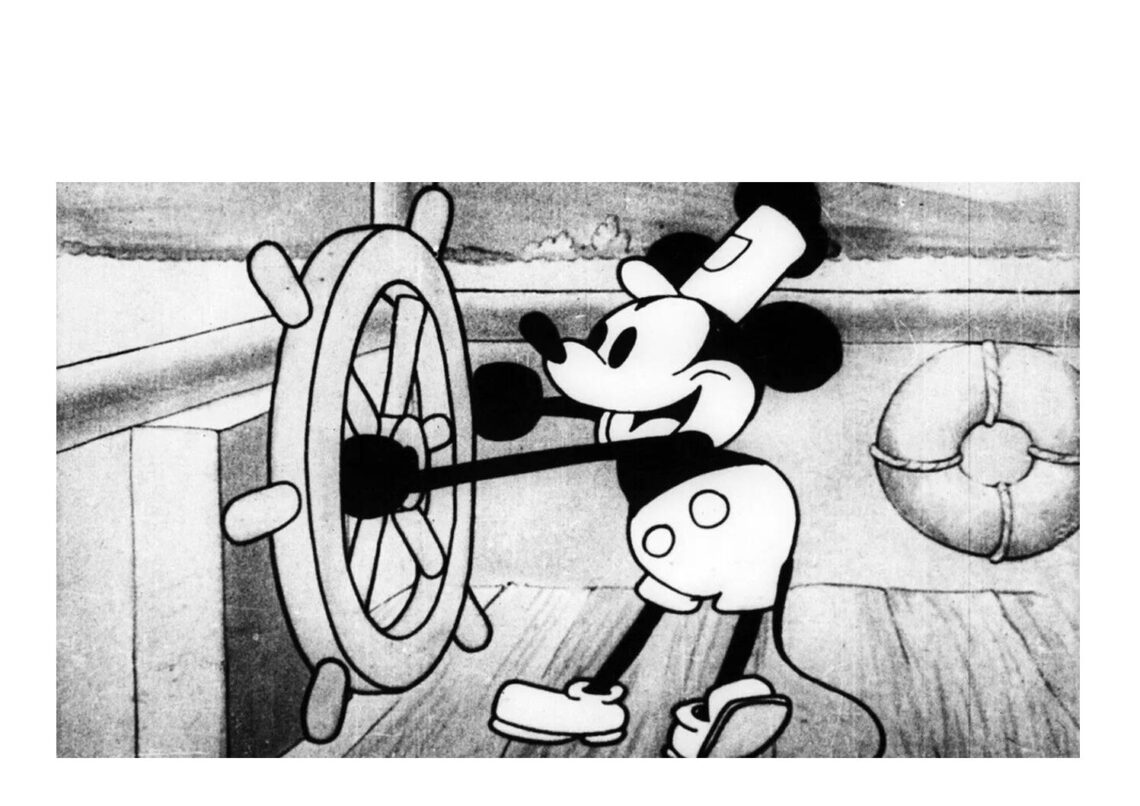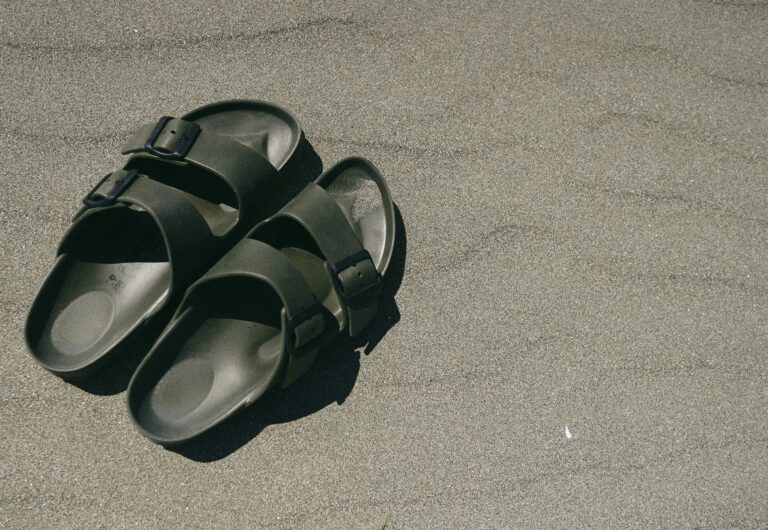The start of the new year brings many changes in the world of intellectual property (IP) law. Several IP rights are expiring, which means that a lot of names will no longer be protected. For example, copyright protection for the last work of Sherlock Holmes, The Case-Book of Sherlock Holmes, will expire in January 2024, and Mickey Mouse, Walt Disney’s creation, will also no longer be protected. This, by the way, is the little mouse that was featured in a 1928 cartoon about Steamboat Willie. Walt Disney created several versions of Mickey Mouse after 1928 that are still copyrighted in 2024. In this blog, I will take a closer look at the phenomenon of the expiration of IP rights.
IP rights
Intellectual property law is the collective term for rights to intellectual creations such as texts, photographs, inventions, trademarks, design and music, among others. These rights include copyright law, patent law and trademark law. IP rights relate to the protection of creations and inventions and, in short, give the holder of the IP rights the exclusive right to use, reproduce, distribute and regulate other uses of his creation or invention. Infringement of these rights by third parties may give rise to legal action, which may include remedies damages and obtaining court orders to prevent further infringement.
Expiration of IP rights
IP rights are in principle not perpetual. They often have a limited duration, ranging from several years to several decades, depending on the type of right and jurisdiction. For example, within the European Union, copyright is valid until 70 years after the death of the author. For a patent it is 20 years and for a trademark right it is 10 years. A trademark right is an exception to the rule that IP rights are not valid forever: in fact, a trademark right can be extended indefinitely.
The expiration of an IP right means that the protection it affords the holder is no longer in effect, allowing others to use the creations or ideas in their own or even similar creations. For example, a day after the protection on the 1928 Mickey Mouse version expired, the Internet was flooded with adaptations of Mickey. Also, a first horror film starring the originally American mouse has already been announced. The use of the character has many snags, by the way. Our own Michelle de Graef spoke about this with RTL news.
There are also other grounds on which an IP right can expire besides the expiration of a right. For example, a patent can lapse for failure to pay annual maintenance fees.
A trademark right can lapse in several ways. For example, a trademark right expires if it is not renewed, but an interested party can also cause a trademark right to expire. An interested party can petition the court for a revocation. Grounds for such revocation are non-normal use, deception or dilution of a trademark.
Normal use
To guard your trademark rights, you must actually use the mark. A trademark that has not been used within five years of registration may be declared revoked. A trademark is put to genuine use when, in accordance with its essential function of ensuring the identity of the origin of the goods or services for which it is registered, it is used in order to find or maintain an outlet for those goods or services, to the exclusion of symbolic use which serves only to preserve the rights attached to the trademark.
For a European trademark, use must take place within the European Union and in a wider territory than just the national territory of the trademark owner. For a Benelux registered trademark, normal use in one country within the Benelux is sufficient. In addition, use must not have been interrupted for more than five years.
Dilution
Sometimes a trademark becomes so popular that it is therefore frequently used in everyday speech. As a result, the brand may be seen by consumers not as a brand name, but as a generic name for the product. For example, Hagelslag used to be a brand name, but has since become a generic name for a particular chocolate spread. This is called dilution of a brand. Diluted brands have lost their exclusivity and value due to brand dilution and have now become synonymous with the products or services they offer, regardless of the brand. Other examples include Aspirin for painkillers, Tissue for paper tissues, Maxi-Cosi for a baby car seat, Post-It for sticky notes, Luxaflex for horizontal blinds and Lego for plastic building blocks.
Please note that the mere fact that a trademark name has become a common condition does not immediately mean that a trademark can be declared revoked. However, the dilution to common condition must be the result of the trademark owner’s acts or omissions. For example, the trademark Jacuzzi is not diluted, despite the fact that many people call hot tubs a Jacuzzi. In fact, the Jacuzzi brand continues to actively resist dilution. For example, Center Parcs advertised that their cottages were equipped with a Jacuzzi, when in fact they were unbranded hot tubs. Jacuzzi countered this and summoned Center Parcs to stop doing so. Center Parcs complied and stopped using the brand name Jacuzzi.
Misleading
A trademark can be revoked if the trademark is misleading through use. This occurs if the public, through the use of certain elements in the trademark, attributes properties to the product, which may not be correct for the goods and services for which the trademark is registered. For example, consumers may be misled as to the nature, origin or quality of goods or services. Think for example of the depiction of an animal from which a certain piece of meat originates, while the product does not originate from that same animal or of a product that is given the (trademark) name of a certain region while it does not come from that region at all. Here too, an act or omission on the part of the trademark owner is required for a revocation.
Conclusion
It now seems that the lapse of an IP right punishes the holder of the right. Yet there is a positive thought to the possibility of lapse of an IP right. The lapse of IP rights is based on the idea that over time, intellectual creations should contribute to the progress of society. It also encourages knowledge sharing and the use of existing creations as a basis for further developments. Limiting IP rights over time then creates space for competition and new innovations. So move over Disney, it’s time for the first Mickey horror movie!



